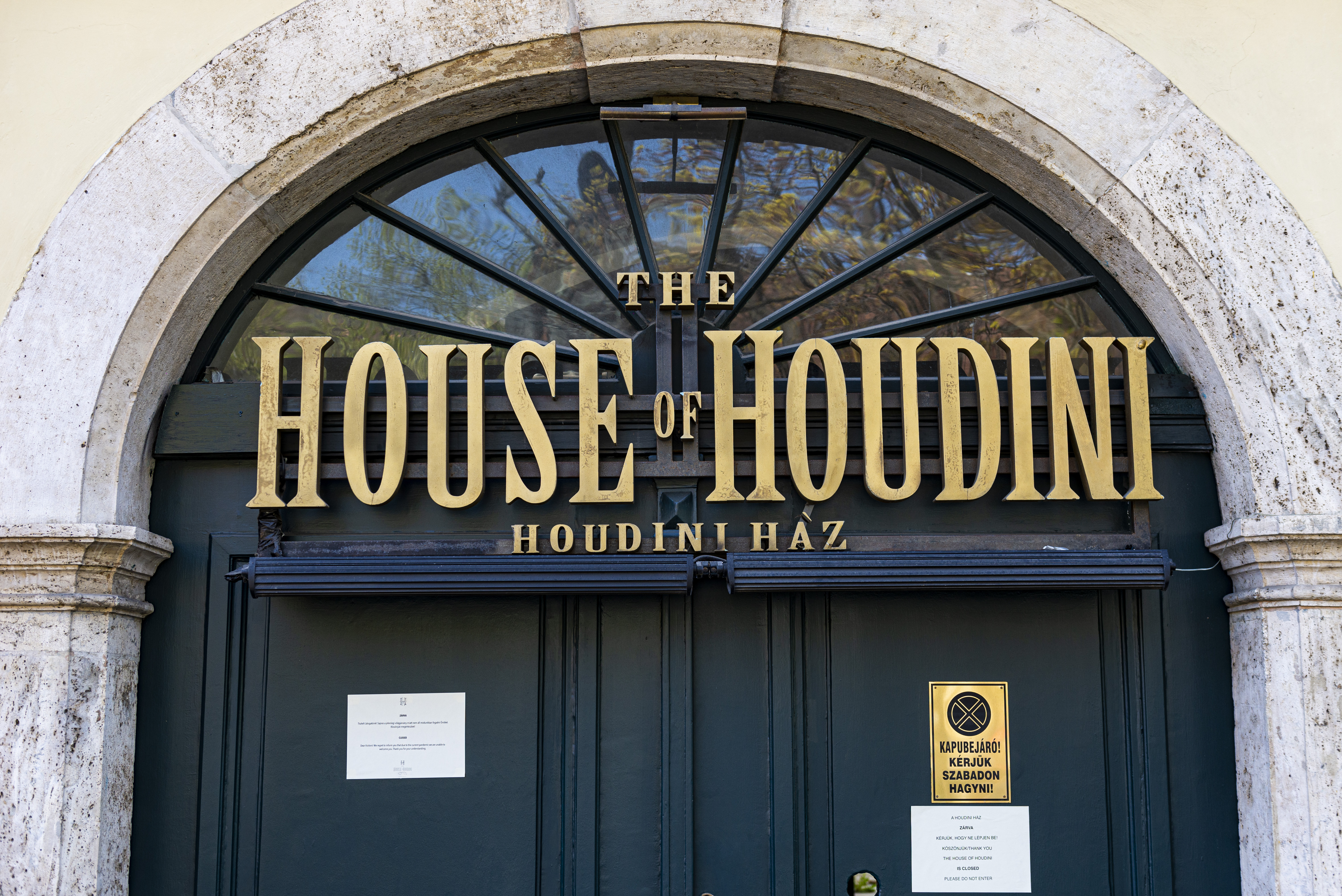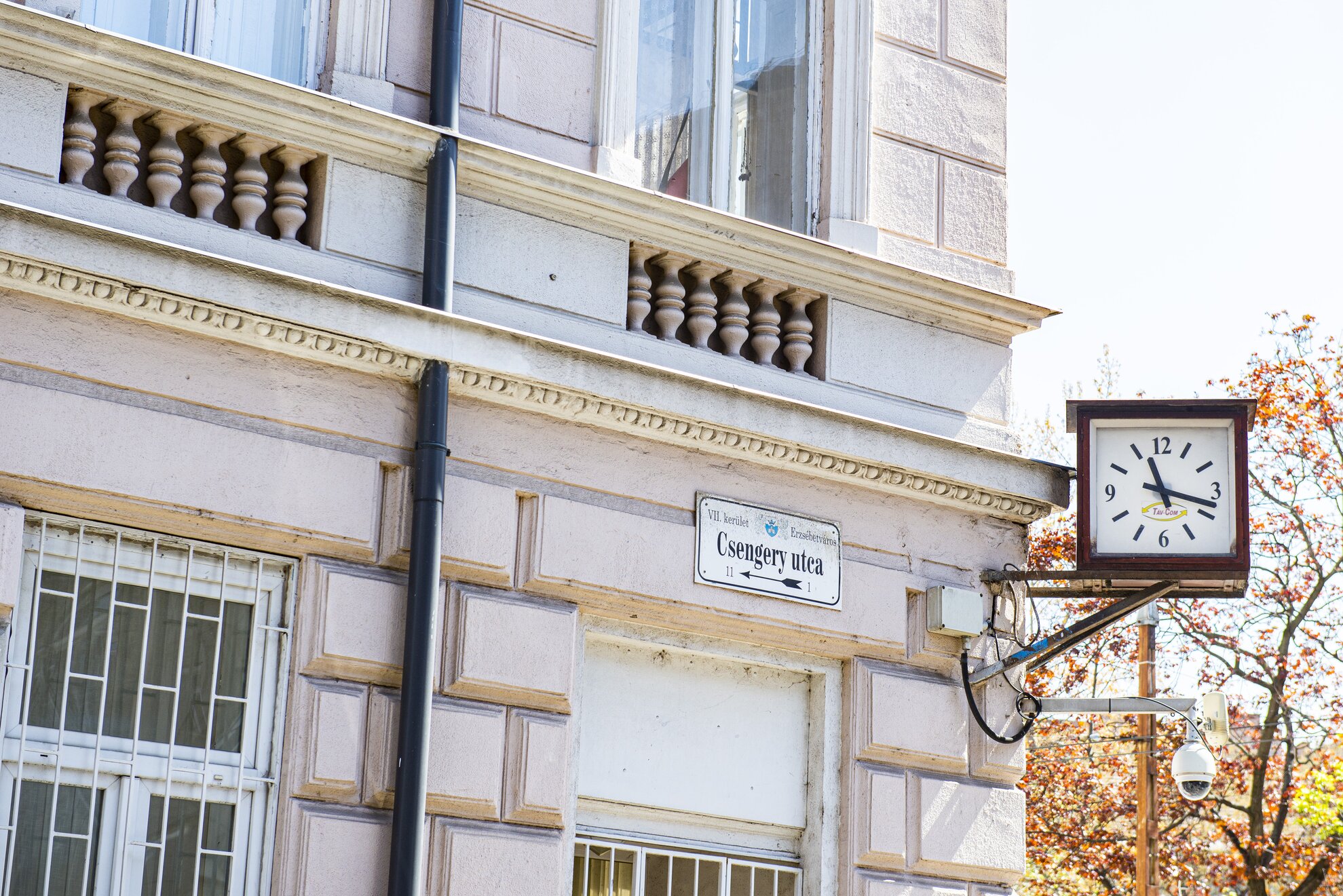
Naturally, Hungarians are proud of their
international superstar, even if the popular escapologist falsely claimed to have
actually been born in Appleton, Wisconsin. He never claimed his Hungarian
heritage. The only allusion to the truth came in 1913, shortly before the death
of his mother, when he returned to Budapest and met his long-unseen relatives.
Houdini rented out the Palm Garden of the Royal Hotel (today's Corinthia) for the occasion,
celebrating the reunion of his mother and kinship with regal splendour. By
then, the illusionist had earned so much money that he even bought his mother
clothes originally made for Queen Victoria. It was also at this moment that he
fulfilled a childhood promise, by filling his mother’s lap full of gold coins.
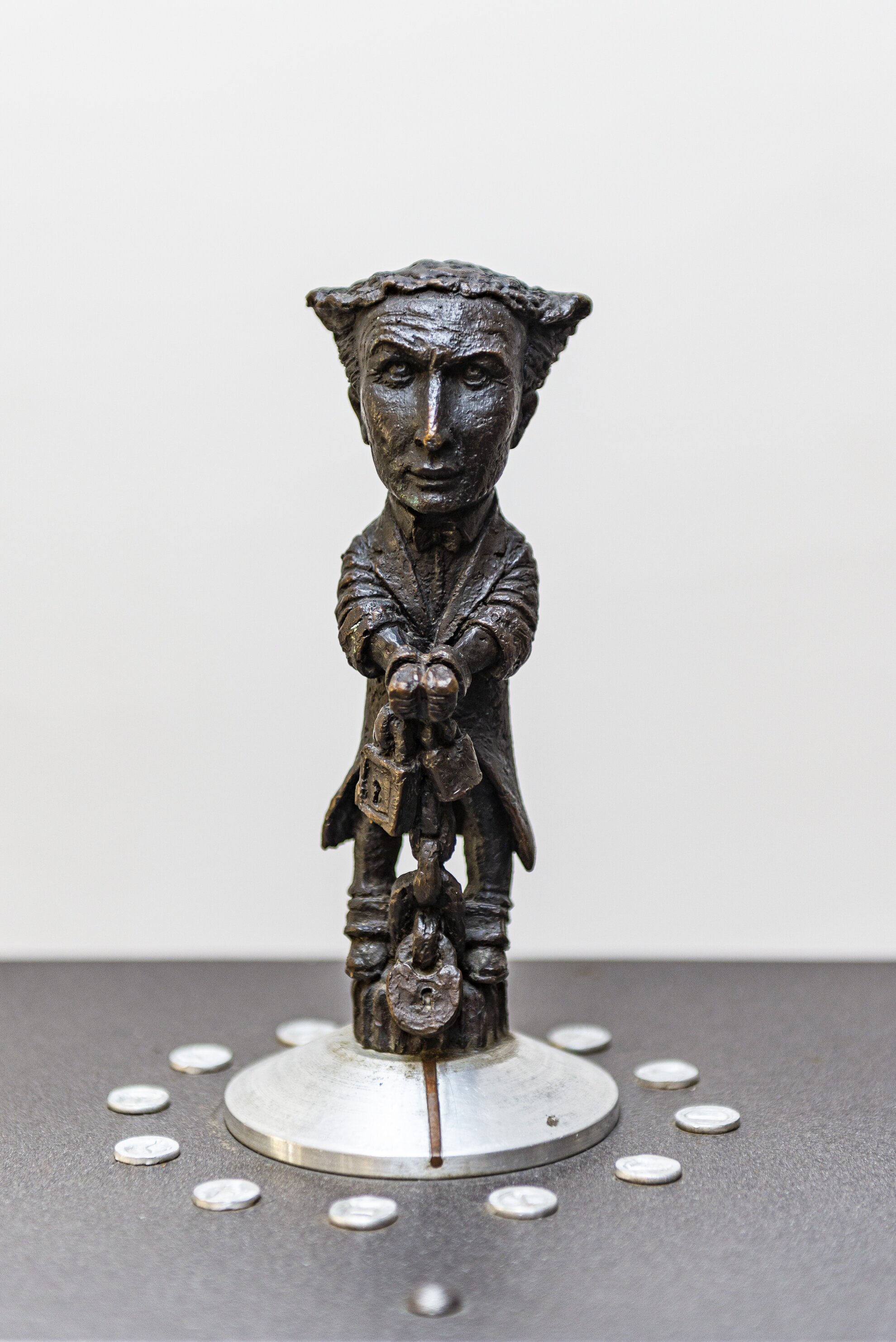
The Weisz family home was at Rákosárok utca 1. The street is still there, and the house remains, but the street is now Csengery utca. Houdini came from a Jewish family, as his father, Samuel Weisz, was a rabbi and legal council, and his mother raised the children at home.
The family had little money, and so the decision was made – one that many of their compatriots also took – that they would try their luck in America. In 1878, the Weisz family boarded a ship, and reached the New World with high hopes in early July.
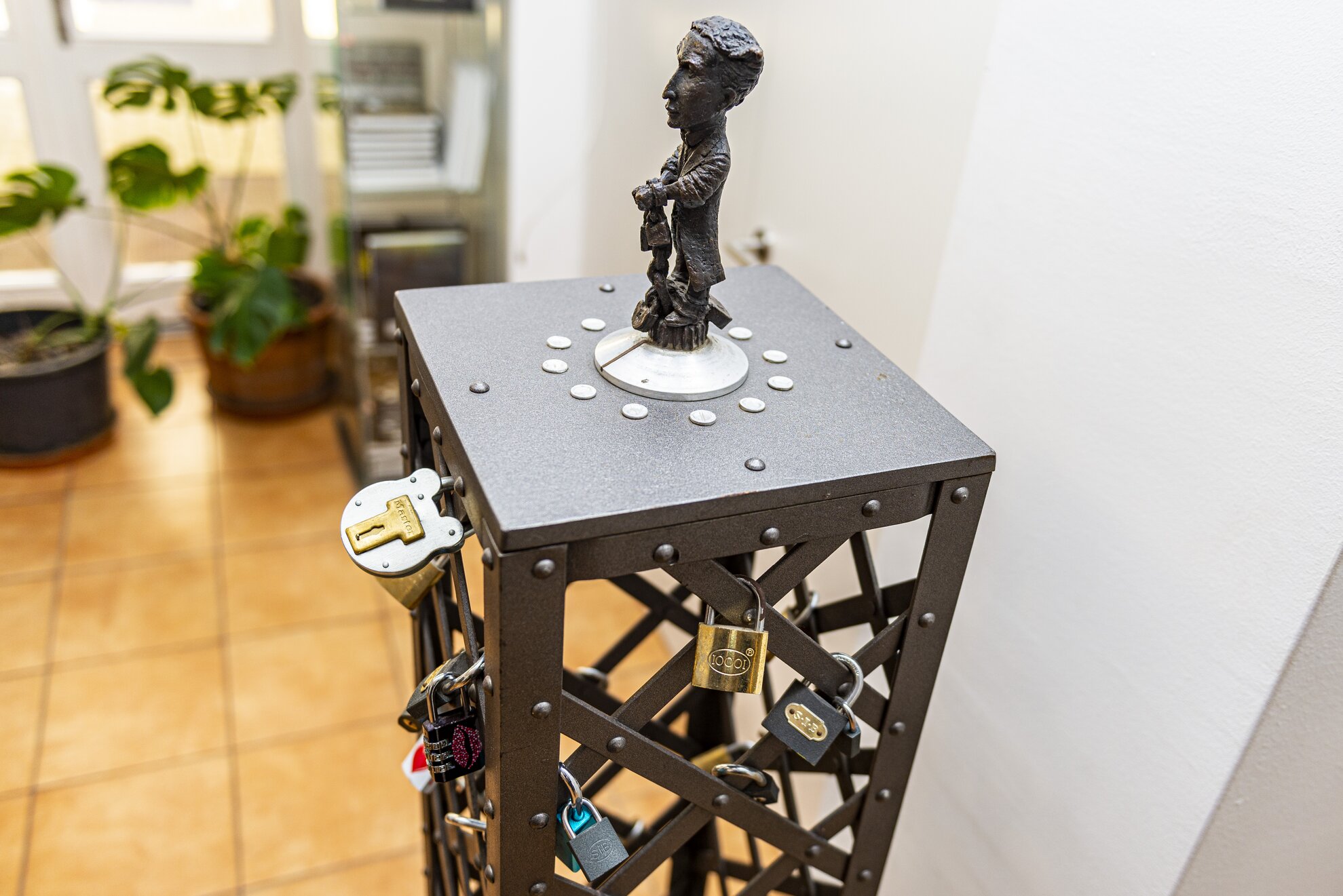
As a child, Houdini knew he wanted to be an illusionist. He
borrowed his stage name from one of his role models, the famous magician of the age, Frenchman Jean Eugène Robert-Houdin. The i was added to the end to imply
a sense of Houdinesque in French.
Little Harry decided early on that his speciality would be to get out of as many impossible situations as he could, even developing a theory of the art of liberation, and keeping a diary of his vocation, his stunts and his ideas. His famous stunt in Moscow in the blustery winter of 1903 included being stripped naked, handcuffed and then locked in a Siberian prison van. He freed himself in 28 minutes.
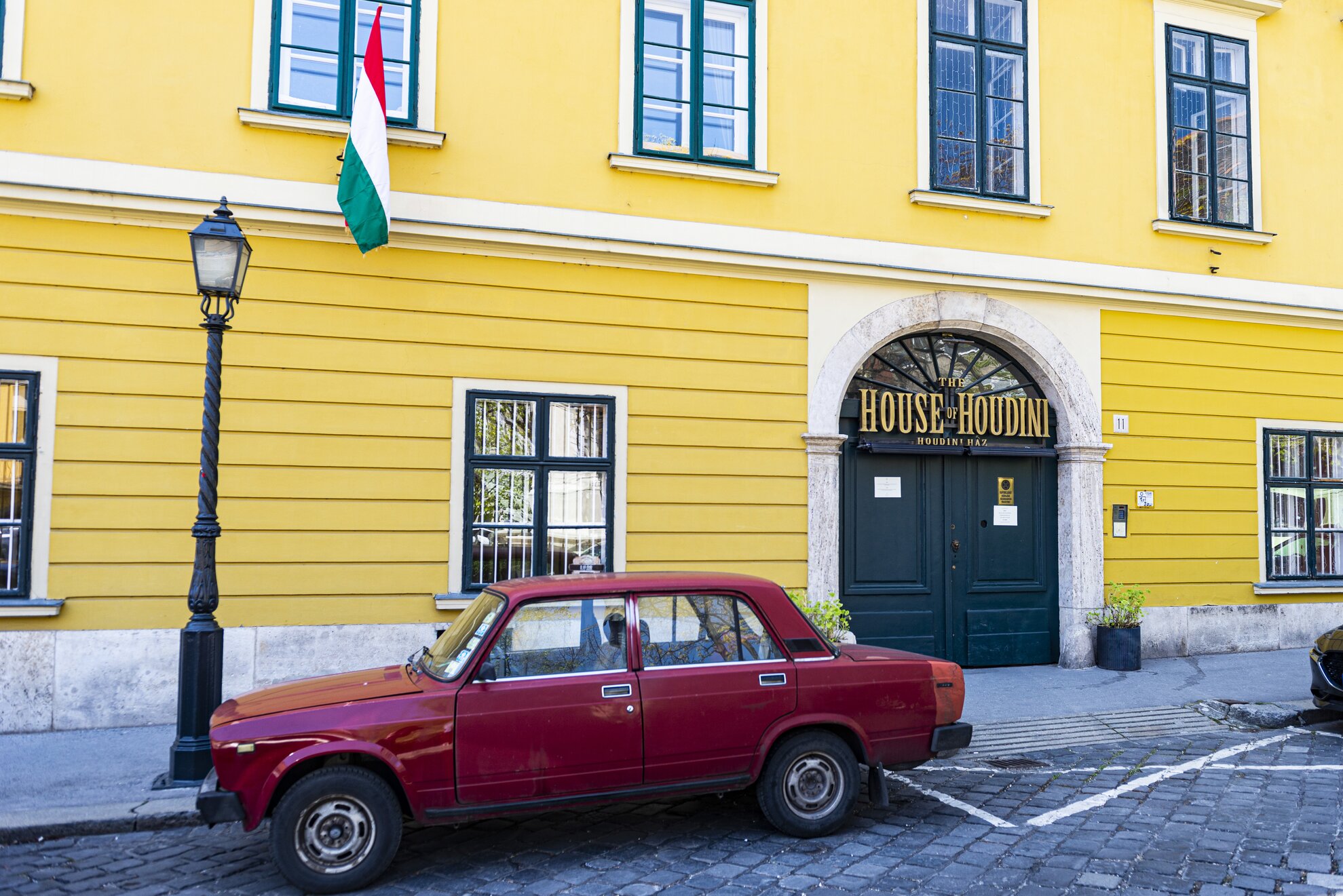
When Houdini and his mother returned to Hungarian soil, the illusionist was at the height of his career. He was elected president of the American Society of Magicians nine times in a row, he joined the Freemasons of New York, earned a Master’s Degree in just five weeks and even wrote books, tried filmmaking and picked fights with ghost summoners and mediums whom he considered fraudulent. In fact, this is what ended his friendship with Sir Arthur Conan Doyle – whose wife engaged in ghosting.
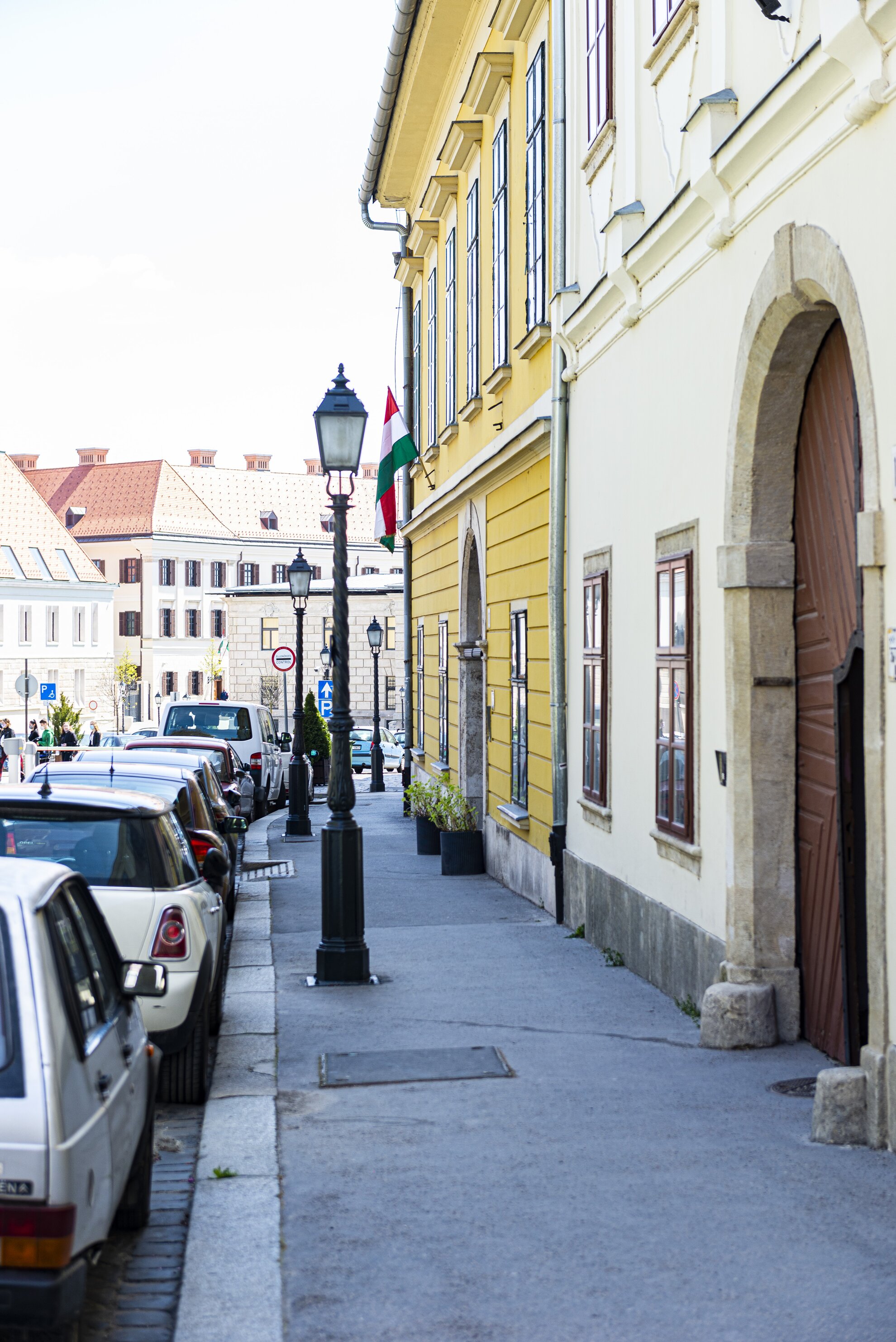
By the 1920s, Houdini had become a highly
respected man, attending American universities and giving lectures. His
downfall came when he tried out a new stunt: claiming to have such iron-strong
abdominal muscles that no force could injure him, he invited viewers to hit him
as hard as possible, without fearing the consequences.
Unfortunately, he was
in the early stages of appendicitis, and the blow he received was so strong, it
virtually exploded his appendix. Harry Houdini, the (seemingly) indestructible escape
artist, lived for 52 years.
It was 50 years after his death that his Hungarian origins came to light. His official birth data became public in 1972, at which time people discovered that the famous Houdini was a Hungarian immigrant from Budapest. Unfortunately, this new information did not engender any significant Houdini cult in Hungary, although there have been some initiatives to this effect in recent years.
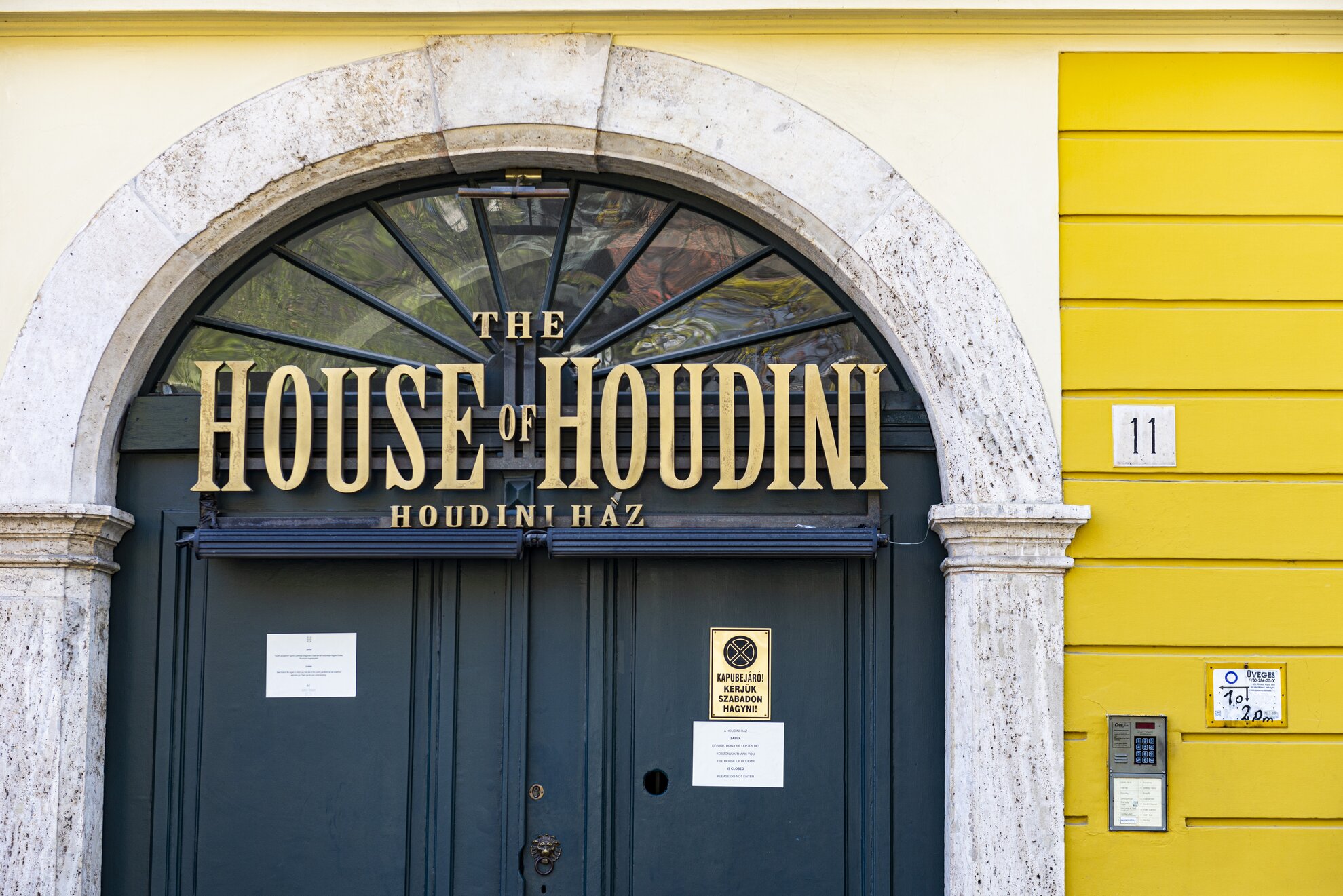
The Houdini House, located in the Castle District at Dísz tér 11, was never just about him – rather, it features his persona, as well as a journey of magic itself. The Houdini House has a permanent exhibition consisting of two parts: in one, we see the escape artist’s famous objects, including handcuffs and personal correspondence. In the second, we see props from the 2014 film Houdini, made in Hungarian and starring Oscar-winning (and partly Hungarian) Adrien Brody.
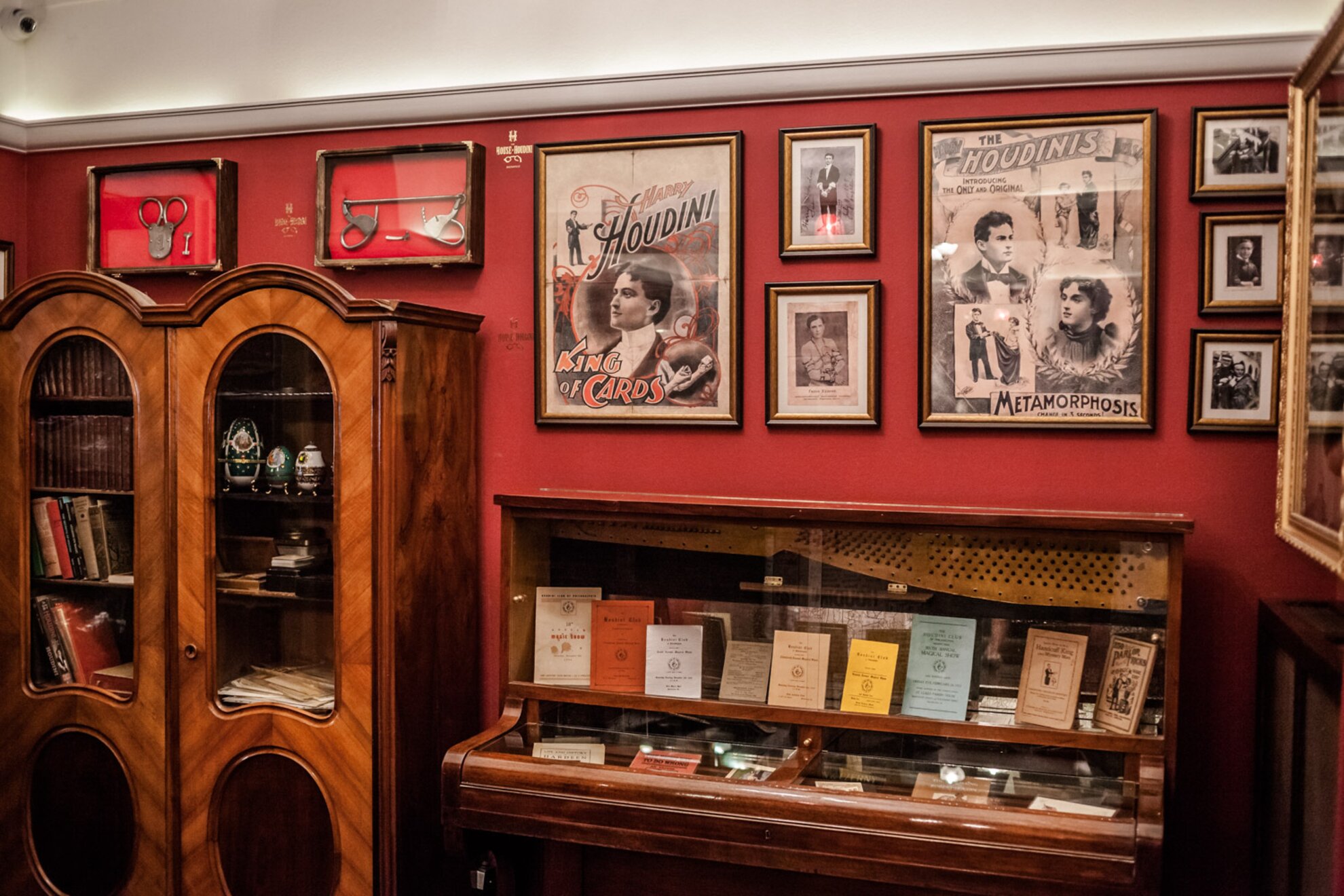

Mihajlo Kolodko, the guerrilla sculptor born in Uzhhorod, Ukraine, and currently living in Budapest, erected a statuette in Houdini’s honour a few years back. Unlike most other Kolodko statues, this one is located indoors, at the lecture hall of the K11 Arts and Culture Centre on Király utca.
The birthplace of Houdini – today Csengery
utca 1 – was renovated just before 2010, and at the time, the house was
advertised using the name of the great illusionist. However, there is still no plaque to signify the artist’s birth, despite attempts otherwise.
The Hungarian magician
known as Damien White designed a memorial plaque, including text which was even
approved by the Hungarian Academy of Science, but the endless mazes of local
government have sucked the project down into oblivion.
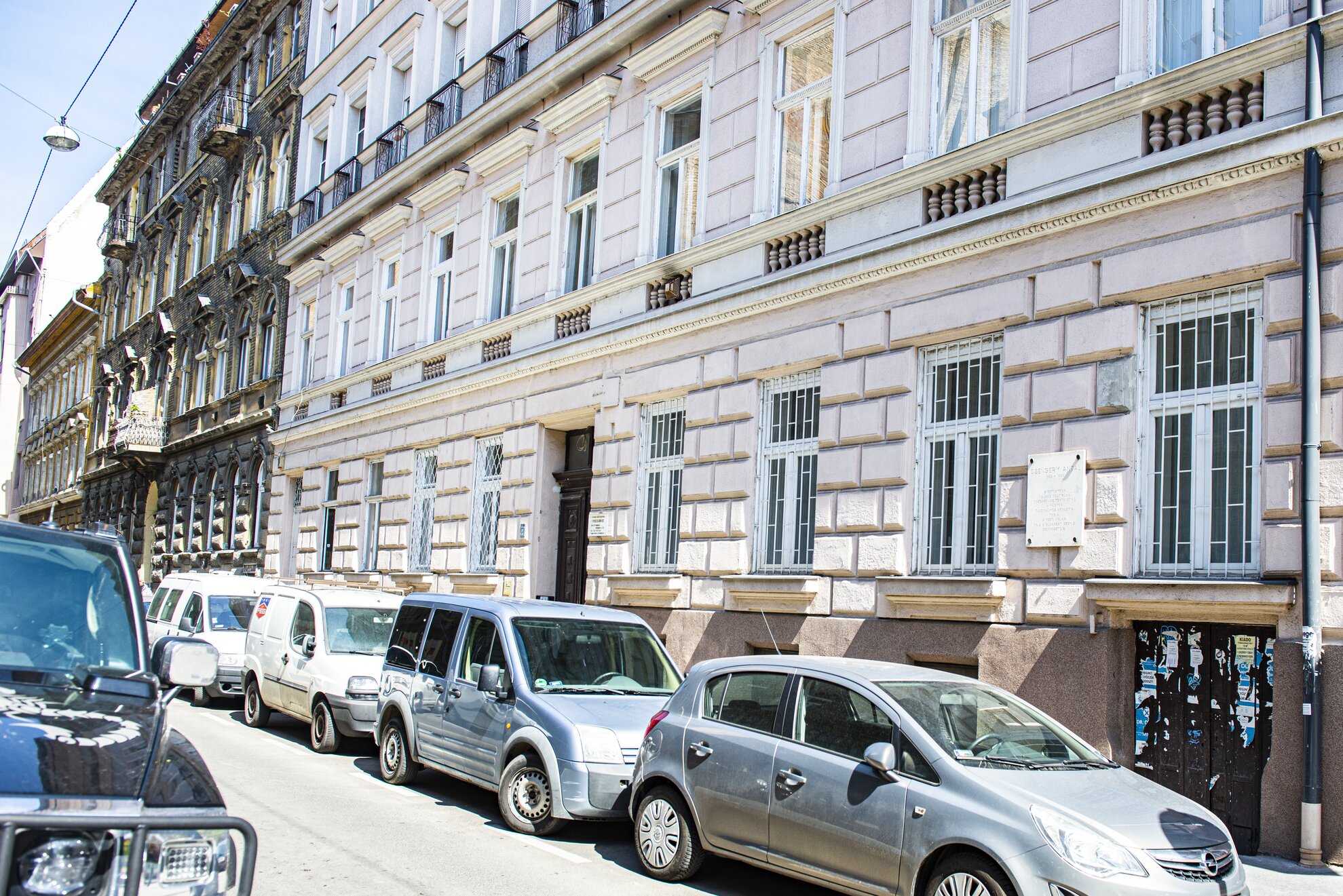
In the end, there is one memento to look forward to: Szent András Brewery has recently come up with a new barley wine named after Harry himself: Houdini sör. The name has nothing to do with wine, though – rather it is a bitter-sweet beer of strong character, sipped over the course of 30 minutes. That was all the time Houdini would have needed to make good his escape from a Siberian prison van.
